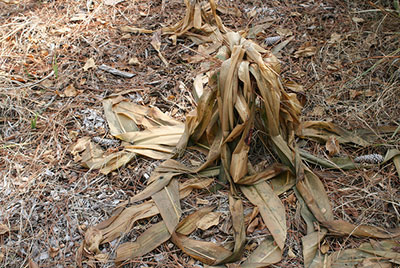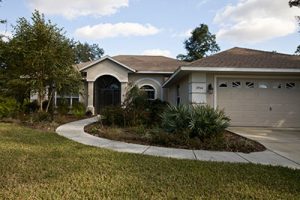Treating Cold-Damaged Plants

January and February are the coldest months in Florida, and plants can be damaged by low temperatures. But with your help, cold-damaged plants can often recover.
Water
After a freeze, check the soil around your plants. Plants may not be getting the water they need if the soil has dried out or if the water in the soil is frozen.
Watering the area can help defrost the soil and provide your plants with an available source of moisture. Even injured plants need water.
Fertilizer
While you may be tempted to add a little fertilizer to your plants to help speed their recovery hold off. If you fertilize too early you could encourage new growth before cold weather has gone. It’s best to wait until spring to begin fertilizer application. Once the danger of frost has passed, an application of fertilizer can help speed recovery.
Pruning
Don’t prune cold-damaged plants right away. The dead foliage looks bad, but will help insulate plants from further injury. In the spring, assess the extent of the damage by scraping the bark with your fingernail. Cold-injured wood will be black or brown under the bark. To be certain where to prune, wait until plants begin to sprout new growth.
Herbaceous plants like impatiens and begonias that are damaged by the cold may collapse. If this happens, it’s best to cut them down and remove the plants to prevent fungal or bacterial problems from arising as they decay.
Lawn

Seeing your lawn turn brown during the winter can be worrying for some homeowners; however, this is a normal part of your lawn’s winter dormancy. Come spring time your lawn should rebound and begin producing new green growth.
But when hard freezes hit, your turfgrass may be injured. If temperatures suddenly fall below 20 degrees Fahrenheit, your lawn may be permanently damaged. The grass may initially appear wilted, and then turn to a whiteish or brown color. It may mat to the ground and smell putrid. If your lawn does not recover in the spring, you may have to replace some of the grass with sod pieces or plugs.
With a little care and patience you may be able to recover most or all of the plants in your landscape.
